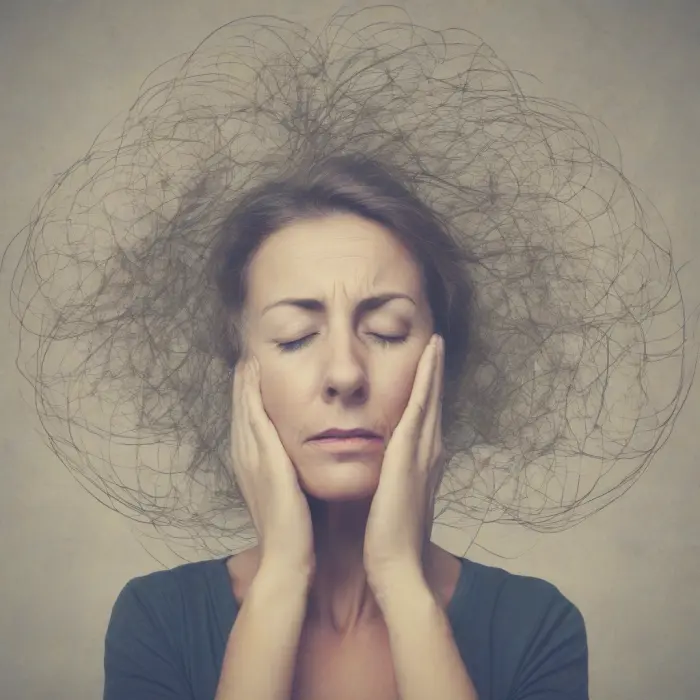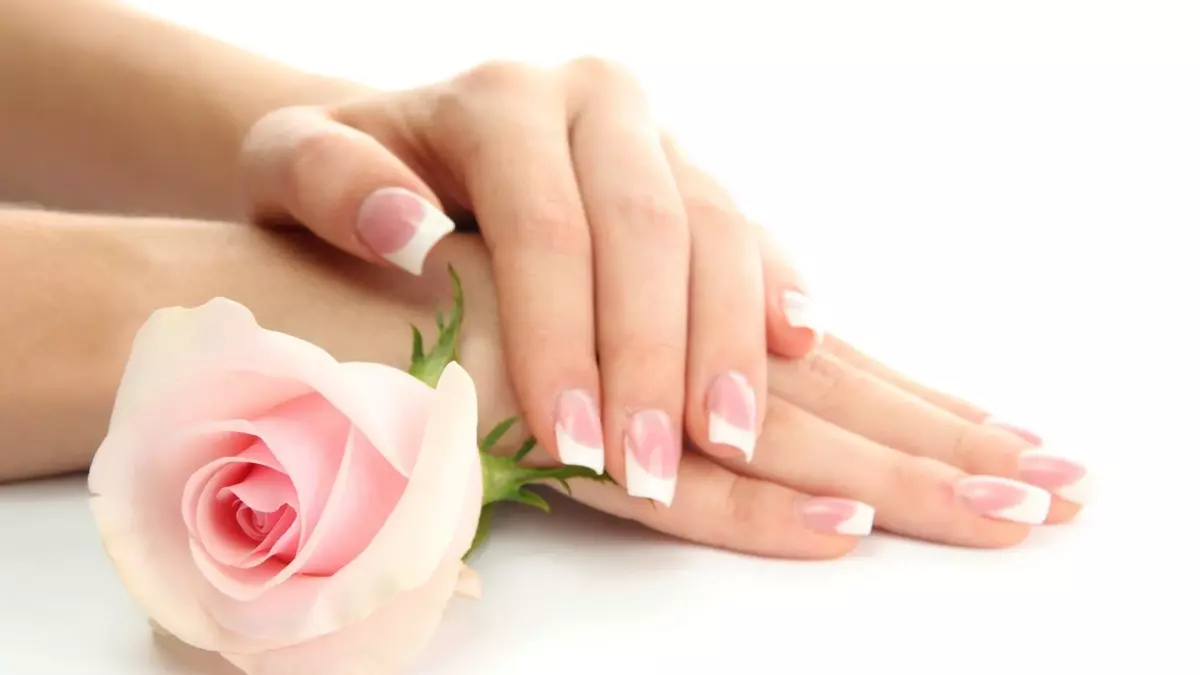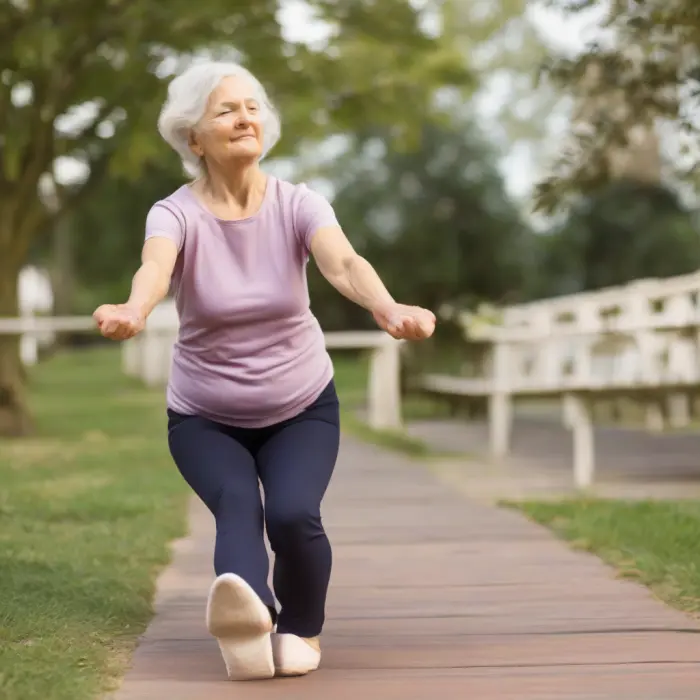Coping with Seasonal Affective Disorder: Strategies for Wellness
Seasonal Affective Disorder (SAD), also known as winter depression, winter blues, or seasonal depression, is a type of mood disorder that affects people during specific seasons or times of the year. It most commonly occurs during the fall and winter months but can occur in any season. People with this disorder may feel depressed, lethargic, and may have trouble sleeping. But there's hope yet – with the right strategies for wellness, coping with SAD can be more manageable.
Understanding Seasonal Affective Disorder
Before diving into the various strategies of wellness, it's crucial to understand what Seasonal Affective Disorder is. The primary difference between SAD and other forms of depression lies in its seasonal pattern. The symptoms usually begin in late fall or early winter and end during the warmer months. However, some people experience symptoms during the warmer seasons.
Light Therapy
Given that Shorter days and less sunlight are factors contributing to SAD, light therapy, also known as phototherapy, has emerged as an effective treatment method. This involves sitting a few feet from a specialized light therapy box which emits bright light (mimicking natural outdoor light) as soon as possible after waking up each day.
Mind-Body Connection
Mind-body techniques such as yoga, tai chi, meditation, and guided imagery can help you learn ways to reduce symptoms of SAD. These techniques can help reduce feelings of depression, stress and anxiety and improve your overall wellbeing.
Physical Activity
Regular physical activity can help mitigate the symptoms of SAD. Even a brisk walk outside in the morning can improve mood and alleviate symptoms. Exercise increases the production of endorphins, known as 'feel-good' hormones, reducing feelings of depression and anxiety.
Healthy Diet
Maintaining a healthy diet is vital in managing SAD. Aim for a well-balanced diet rich in fruits, vegetables, lean protein, and whole grains for maintaining steady energy levels and boosting your mood.
Psychotherapy
Cognitive-behavioral therapy (CBT) can be highly beneficial for those suffering from SAD. This type of therapy helps individuals identify and modify thought patterns and behaviors contributing to depressive symptoms.
Medication
In more severe cases, antidepressant medication may be necessary. However, it's crucial to note that this should be a last resort, due to potential side effects, and always under the supervision of a medical professional.
Seasonal Affective Disorder can be a challenging condition to live with. However, it's important to remember that help is available, and you're not alone. Through a combination of light therapy, mind-body techniques, regular physical activity, a healthy diet, and possibly psychotherapy and medication, you can navigate the darker months with resilience and positivity. Always reach out to a healthcare professional if you're struggling with depressive symptoms - there's no need to face these challenges alone.










